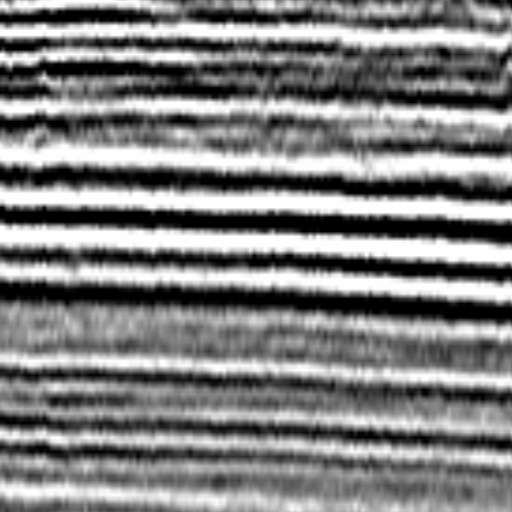
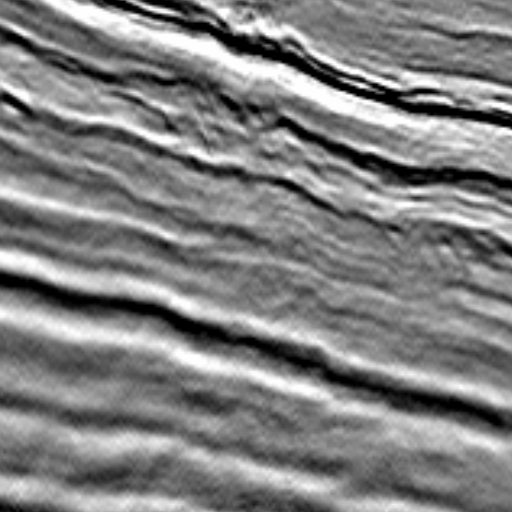

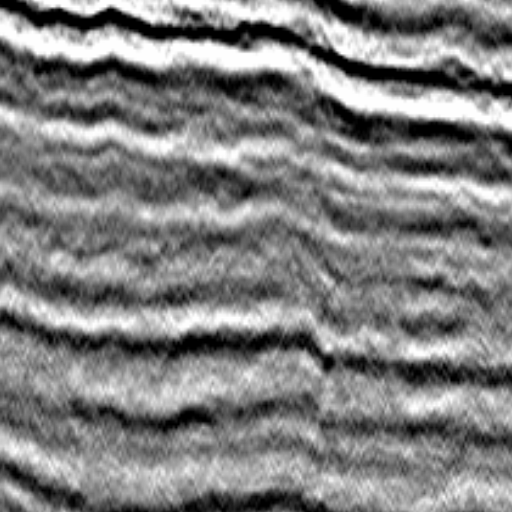
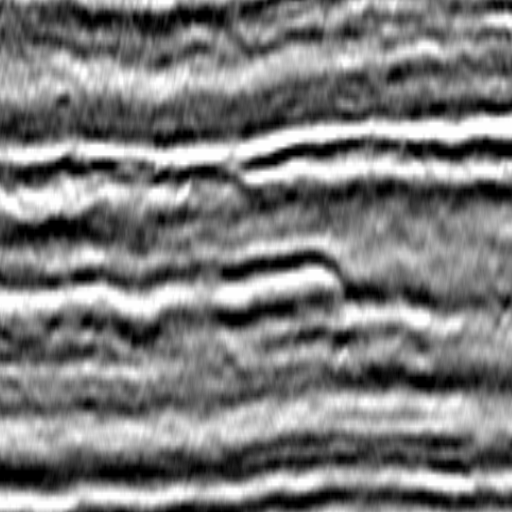
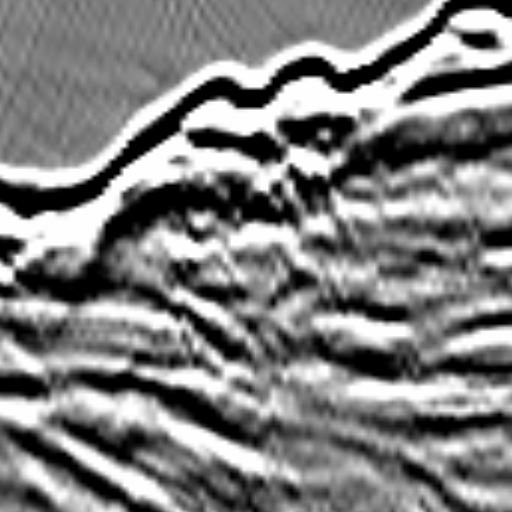
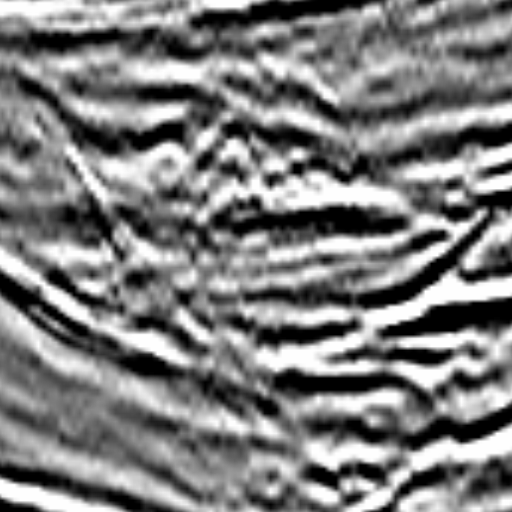

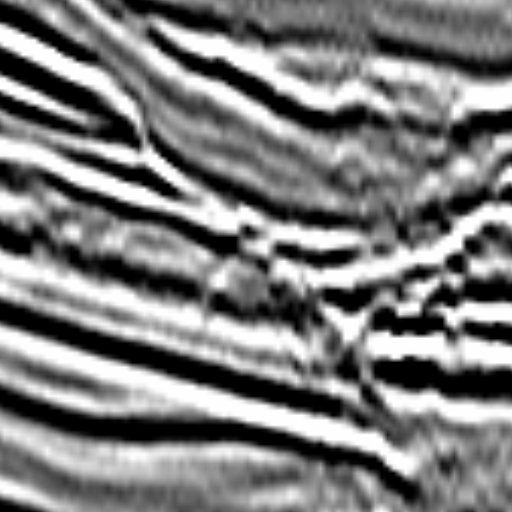
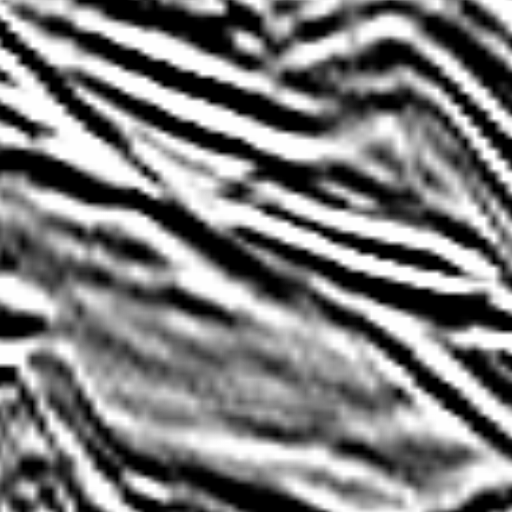
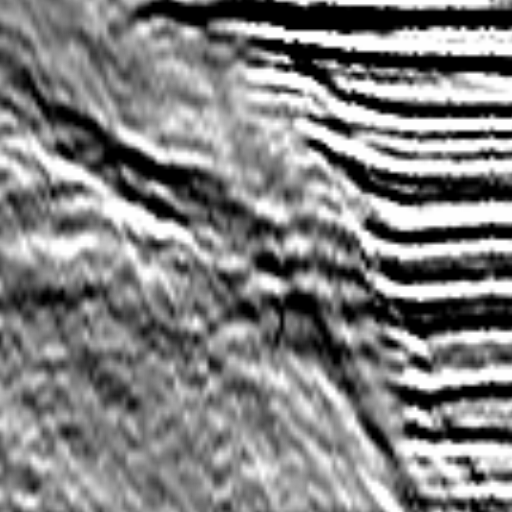
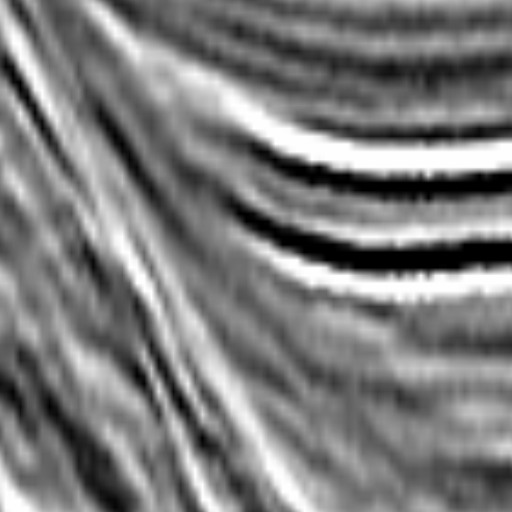

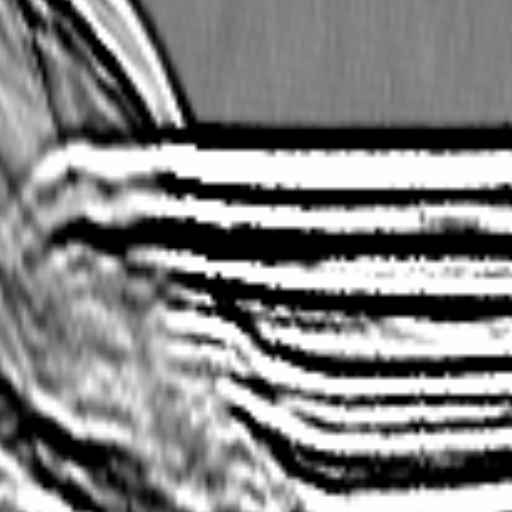
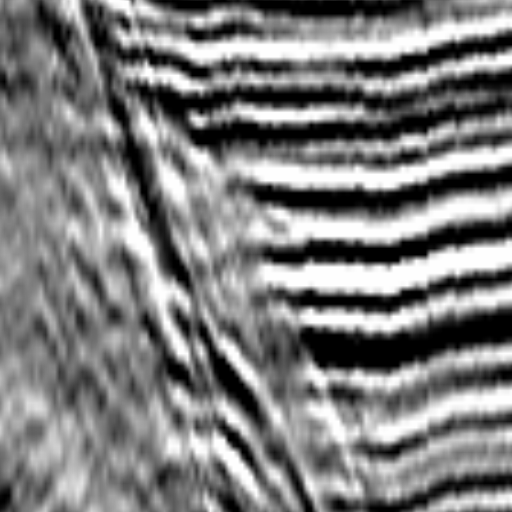
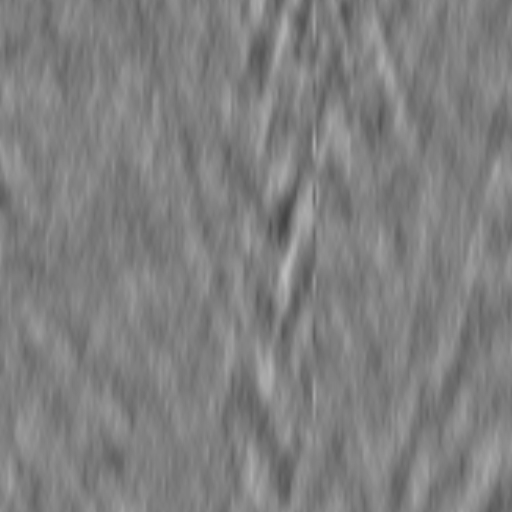
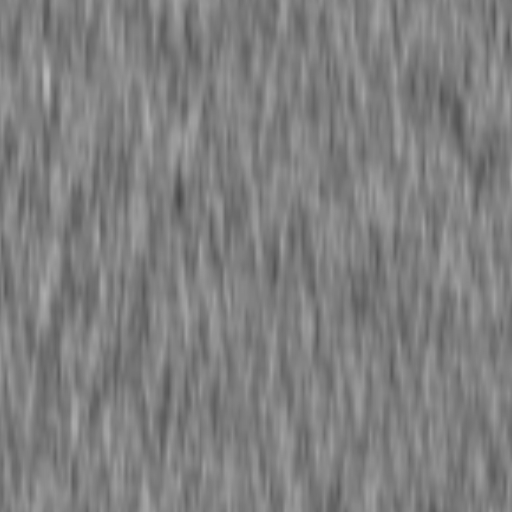
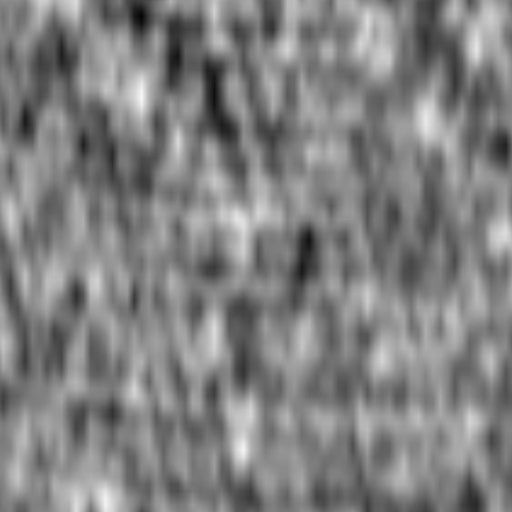
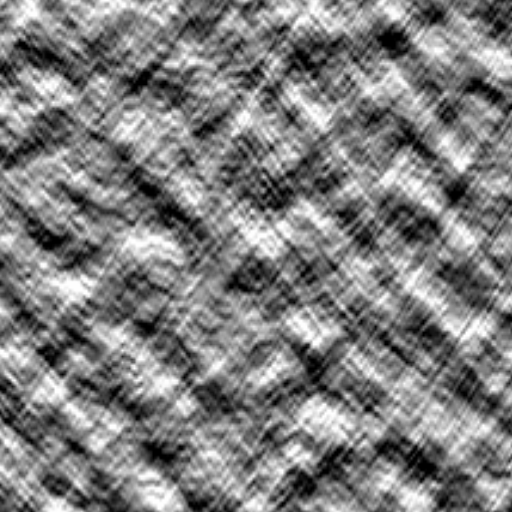
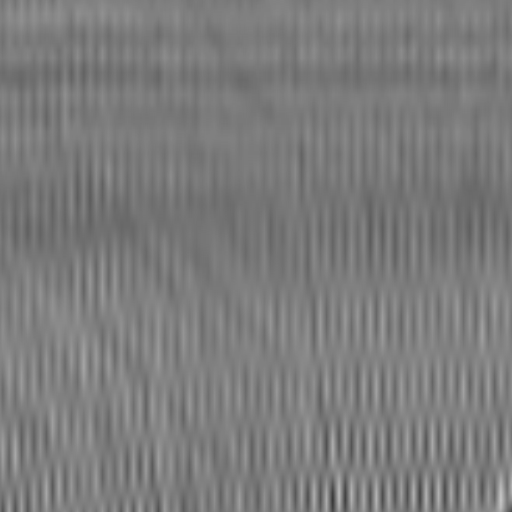
| [ Information ] [ Publications ] [Signal processing codes] [ Signal & Image Links ] | |
| [ Main blog: A fortunate hive ] [ Blog: Information CLAde ] [ Personal links ] | |
| [ SIVA Conferences ] [ Other conference links ] [ Journal rankings ] | |
| [ Tutorial on 2D wavelets ] [ WITS: Where is the starlet? ] | |
If you cannot find anything more, look for something else (Bridget Fountain) |
|
|
|
|
As field seismic data sizes are dramatically increasing toward exabytes, automating the labeling of "structural monads" - corresponding to geological patterns and yielding subsurface interpretation - in a huge amount of available information would drastically reduce interpretation time. Since customary designed features may not account for the gradual deformation observable in seismic data, we propose to adapt the wavelet-based scattering network methodology with a tessellation of geophysical images. Its invariances are expected to be able to thwart the effect of the tectonics. The sparse structure of extracted feature vectors suggest to resort to dimension reduction methods before classification. The most promising one is based on a tessellated version of scattering decompositions, combined with a standard affine PCA classifier. Extensive comparative results on a four-class, tagged, seismic database show the effectiveness of the proposed method in terms of seismic data labeling and object retrieval, in affordable computational time.
Data come from subparts of 2D seismic sections that were acquired in different tectonic zones at the border of the American continent: from the New-Jersey to the Amazonian mouth. From four wide sections, subparts were extracted to feed the database with four categories named: Flat, Fold , Sigmoid and the rest, denoted by Low interest. Sigmoid may refer to geological sequences or strata called toplap, offlap, onlap or downlap. The last Low interest class encompasses natural noise present in data, seismic processing artifacts (migration) and spurious signal that come before the sea bottom and thus is not considered since it does not carry geological information.
| Flat morphology |

|

|

|

|

|
| Fold morphology |

|

|

|

|

|
| Sigmoid (toplap, offlap, onlap, downlap) |

|

|

|

|

|
| Low-interest, noisy morphology |

|

|

|

|

|
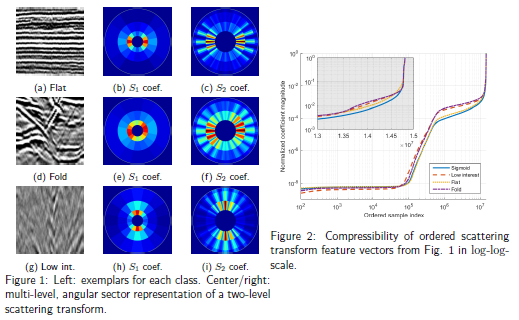
The term CatsEyes is originally inspired by glass marbles, presenting oriented wiggling shapes mimicking the eye of a cat. One may also find Analysis and prediction of wavelet and filter-bank frames performance for machine learningluminescent cat's eyes as retroreflective safety devices for road marking. But most notably, it is related to the Cat's Eye Japan anime (Cylia, Alexia and Tamara Chamade, or Hitomi, Rui and Ai Kisugi).
